Tuesday, 7 May 2024
Menu
Today’s lecture day is over. To sum up: we listened to 15 lectures in 2 halls, the conference was visited by more than 440 people and 40 companies related to diving presented themselves to the visitors.
Report from day 2 of the conference available here.
There is still the banquet before the participants, which starts at the Boolvar club in Gdynia located in the Gemini Centre at Kościuszki square. Of course we will be there to report you how the drawing of prizes sponsored by the exhibitors and the photo contest went.
The topic he talked about was diving on the Britannica wreck and the logistics of risk. To start with, we learn the standard history of the Britannica built as one of 3 liners of the White Star line. The previous two were the Olympic and Titanic. Before the expedition began no one really knew how the ship sank. It should be mentioned that after the Titanic disaster, many additional safety features were put in place on the Britannic. After this short introduction, the speaker focused on presenting the risks associated with diving in the sea on such a deep wreck as the Britannic. When diving on a wreck, risks can be divided into controllable and non-controllable ones. The former include: resources, team, and controllable depth. Among the latter: the ocean, weather, ship traffic and tides. The dives took place from a 56m CTD FOURCAULT boat.
The expedition was supported by DAN members, who carried out Doppler tests on the ascending divers. As an additional safety measure, spare gas cylinders were suspended on the ropes at the depths of 36m, 21m and 6m. The dives took place on semi-closed and closed circuits. The team consisted of very experienced divers from all over the world. As the divers came from different organisations there were big differences between the divers especially in the gas configuration.
The next part of the lecture covered issues in risk analysis and management. The final part of the presentation was a case study of Carl Spencer’s death. It was clear from the description how important it is to standardise gas determination procedures, exchange gas cylinders between divers and use standard gases.
Already in the introduction, deep stops are compared to cycling, which is basically something easy and pleasant. However, immediately afterwards we see on a slide a cyclist on a path over a precipice and we immediately know that deep stops and the theory behind them are not that simple.
The Haldane model and how it evolved is first introduced. A common feature of Haldane models is that, ascending from depth, a large jump to a shallower depth must be made to increase the pressure gradient and accelerate decompression. Another family of decompression models are bubble models which allow the formation of bubbles of a certain size in the body. He went on to talk about the formation of bubbles at great depths and the decompression stops that are supposed to prevent the formation of these bubbles. The first algorithm discussed for calculating deep stops is Pyle’s algorithm followed by Hills’ algorithm. On the following slides, experiments were carried out to verify the potential benefits of deep stops. As it turned out, these experiments did not confirm the benefits of deep stops.
The conclusion of the presentation is that today’s research absolutely does not justify the use of deep decompression stops. On the other hand, we should as much as possible increase the conservatism of our dives, i.e. use “deeper” dive stops than the model based on low conservatism would suggest. The goal of every diver should always be to perform a good and correct decompression, without believing that using deeper or shallower stops will help us shorten decompression times or reduce the risk of DCS.
The lecture given by Dr Kot was, as usual, excellent and has so far attracted the largest number of listeners.
During his presentation on “Survival Dynamics” he talked a lot about emotions while diving, the rules that govern us and the irrational behaviour of people underwater. The whole presentation was enriched by Tom’s stories, which allowed us to realise his vast experience.
First, the speaker talked about the history of the Polish ship, which was the most modern unit in our Navy during the Second World War. The whole preparation for the expedition took 2 years! It took most of the time to obtain permission to dive on the wreck.
The expedition involved 9 divers from Poland and Sweden. Due to the different equipment configurations used, the participants were divided into 3 teams on open, closed and semi-closed circuits. The first to descend was a group of two Swedes on ccrs, who were to determine the position of the lower snorkel and where to send the filming teams. The water temperature was between 6 and 12 degrees, the average depth was 94m and visibility was up to 30m. The dive team expected strong currents, as the tidal surge in this area is up to 2m, but it turned out that there were no problems with this during any of the dives. Sebastian Popek particularly emphasised the very high professionalism of all team members, thanks to which everything was carried out according to plan.
Transporting all the equipment from Poland proved to be a big organisational challenge. Due to very high prices in Norway, all gases were purchased in Poland and then transported to the site. The standard configuration for open circuit divers was a twin 2x18l, 3 stage cylinders and a scooter. After each dive, to reduce the risk of DCS, the diver was undressed in the water and then boarded the boat. The equipment itself was pulled out on a special crane. Sebastian Popek described the dives on Grom as moving. The sight of the white eagle on the wreck of the ship on which Polish soldiers died was heartbreaking.
Thanks to this diving expedition, we were able to gather information that may change the perception of historians as to how the ship sank. The biggest sensation was the discovery of a 20m diameter hole on the starboard side, which could suggest that the ship did not sink as a result of a bombing raid, but as a result of a torpedo fired from a miniature submarine. The ship remains in perfect condition apart from the blast holes.
14:00 – we are already after the lecture by Anders Nasman and Christian Ekstrom. After their story one can come to the conclusion that due to the amount of wrecks Alandy is the promised land. Now there is a lunch break in the conference programme. The next lecture will be an account of the expedition “Grom 2010”.
Phill Short talks about rebreathers looking at them from the point of view of safety in diving. Starting with the manufacture, CCRs are tested in a chamber where they are connected to a special machine that simulates all situations that can occur underwater. No divers are involved in the initial stages of testing, as this could be dangerous. This is followed by research into the limits of air consumption and CO2 absorption by different divers (slim, tall, relaxed, low, ….), the efficiency of the mechanism, and the level of absorbent consumption depending on the depth at which the CCR is used.
Safe rebreather diving is not only about the construction of the rebreather itself, but also about the actions which are performed before and after each dive and taking care of its maintenance. The tests which are carried out before each dive include: checking the equipment before assembly, checking the one-way valve in the breathing loop and analysing the assembled set. In addition, when diving on a closed circuit it is essential to follow the instructions and check the flows, gases and sensors.
Presentation led by Wojtek Filip starts with a 10 minute delay. Sebastian Popek’s previous lecture gathered a lot of listeners who listened with great interest to the “Planning of diving expeditions”. The first fire goes to show how important part of our equipment is a diving mask. Without it, we would see nothing under water! A well chosen mask increases the comfort of diving enormously. In order to keep it in service for as long as possible, it is necessary to replace the rubber strap with a neoprene one and to clean it regularly (spitting in the mask before diving does not increase its hygiene level ???? ).
The next point of the presentation was diving cylinders. The speaker pointed out that the external appearance of the cylinder and any scratches on it are of secondary importance. Much more important is how the cylinder looks inside and whether it is not subject to corrosion. We should remember to use a proven compressor station. A solution for the most demanding ones is to use their own air filter for every charge.
More slides. This time the valves. They should go as lightly as possible. The knobs themselves should be made of soft rubber and as long as possible. Now we get to the automatics. When choosing the regulator you should pay attention to its resistance to icing, especially if you dive in cold Polish waters. We should remember not to rinse the first stage even if we dived in salty water in Egypt. The salt collecting on the first stage is much less of a threat than the water that may get inside during rinsing. You should rinse the second stage, but do it skilfully. Ideally, after each dive, you should press the baypass of the automat and rinse it in warm water. When installing the automats, make sure that the hoses do not bend too much. Unfortunately, I will not be able to listen to the end of the presentation, because I am running to listen to a lecture on the discovery of the oldest champagne in the world.
Virtually every diver lifting heavy equipment, sometimes even several cylinders and weighing more than several dozen kilograms, used to have a sore back. During the presentation, we could learn how the spine is built and which muscles are important for the spine to function efficiently. At the very beginning, the doctor tells us in a very vivid manner how incorrect posture leads to an increase in the load on the spine, which is many times greater. Other reasons for back pain include exercise errors, poor muscle coordination, overloading and also walking on stilettos ???? .
Later in the lecture we heard about many more or less complicated injuries and how they should be treated. Interestingly, it turns out that neither massage nor prolonged lying down are advisable. During the second part of the presentation, we could hear about knee injuries and how to treat them. The doctor received the highest marks of all speakers at last year’s conference for his presentation on knee injuries.
11:00 am – The first topic of the conference is cave exploration carried out within the WKPP project, which Casey McKinlay talks about. The speaker began by introducing the organisation within which he dives and the principles according to which they work. Casey talked about the importance of teamwork and how responsible it is to dive in a project like WKPP.
During the presentation we learned some very interesting facts about the record-breaking dive (in terms of time spent underwater cave diving and length of exploration) that Casey McKinlay conducted with his friend Jarrod Jablonski. The divers spent 11 hours at an average depth of 90 metres. Decompression alone took over 17 hours! During this dive they used several scooters and many multiple gas cylinders….
At the end of the lecture we could watch a film documenting the divers’ achievements and afterwards listen to the answer to the question “How do they endure several hours of decompression?” Casey McKinlay stated that he approaches decompression routinely. He divides the entire operation into depth-dependent segments. During decompression, it is very important to relax, stay calm and eat.
10:00 a.m. – The BalticTech 2010 conference has officially begun. After a short welcome by Tomasz Stachura the floor was handed over to Mr Boguslaw Stasiak, Vice President of Gdynia. Mr Boguslaw, who is himself a P3 level diver, in short words described why Gdynia is the diving capital of Poland.
In anticipation of the first lecture to be given by Casey McKinley on cave exploration by WKPP we present you with a gallery of photos from the conference area: BalticTech 2010 photo gallery .

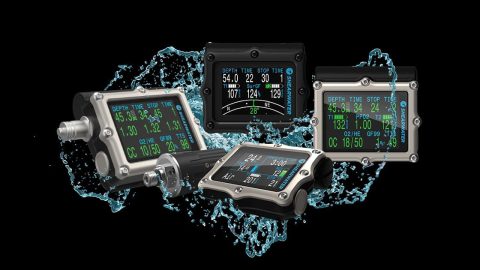

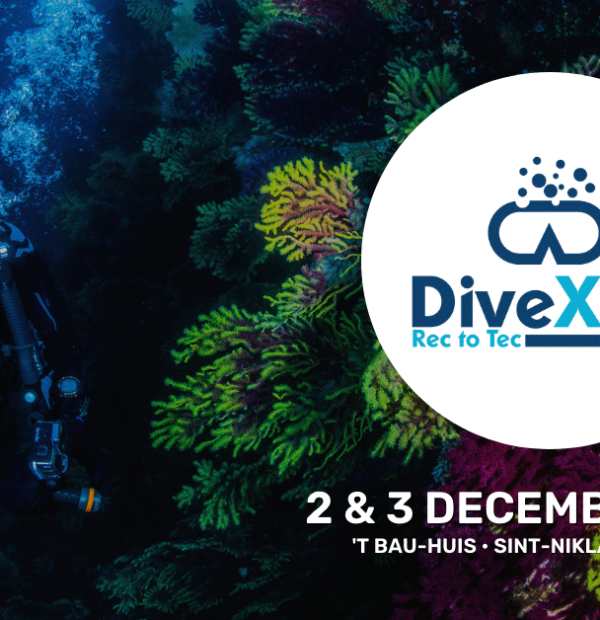
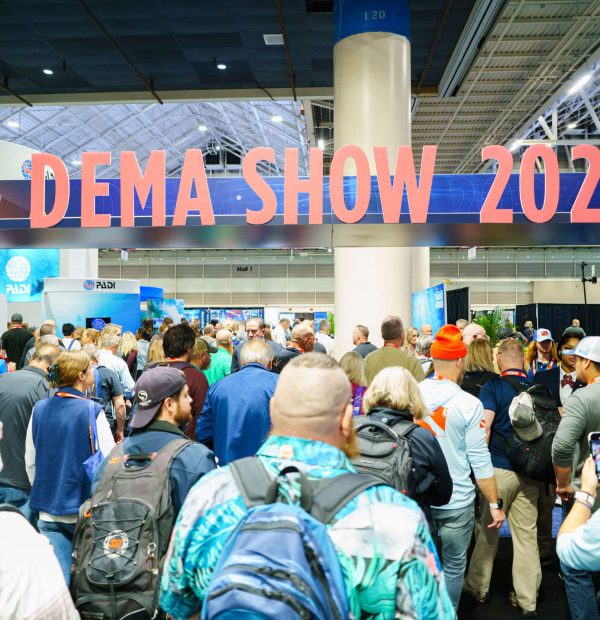
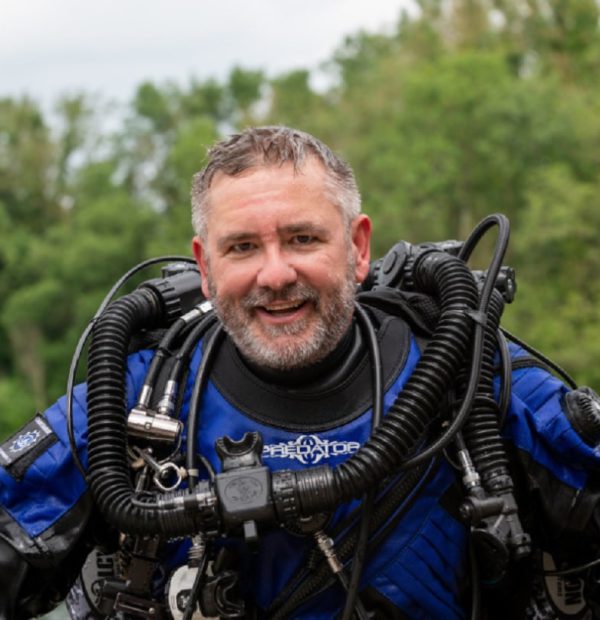
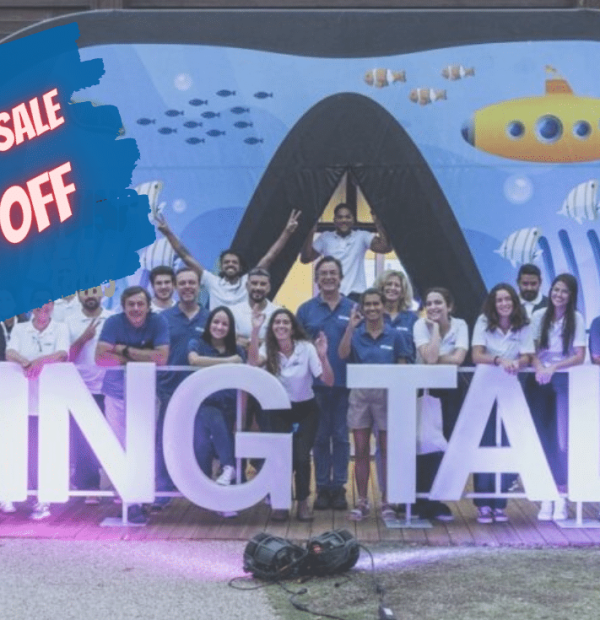
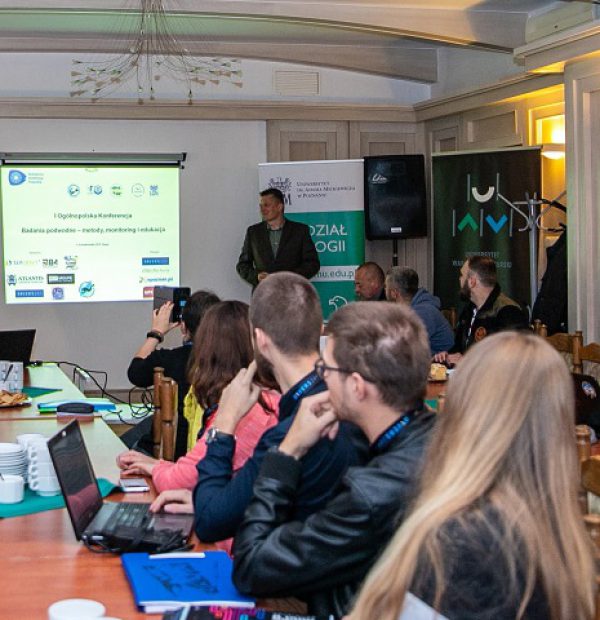


Welcome to DIVERS24.COM, your daily source of scuba news, freediving, scuba diving information, and equipment reviews. Our comprehensive coverage of the dive industry from A to Z provides you with all the latest scuba news, training updates, underwater photography tips, and everything else related to scuba diving. Whether you’re a beginner or an experienced diver looking for more knowledge about scuba gear or techniques – we’ve got it covered! With our in-depth articles written by experienced divers who have been there and done that, you are sure to find exactly what you need here at Divers24.com. Dive into scuba news today!
Underwater Media Sp. z o.o.
Szafarnia 11/F8,
80-755 Gdansk, Poland
Welcome to DIVERS24.COM, your daily source of scuba news, freediving, and scuba diving information. Sign in for a weekly news update and discount coupons for dive gear and apparel.
@2023 - underwatermedia.pl. All Right Reserved. Designed and Developed by Tworzenie stron internetowych Gdansk

The Divers24 portal is currently the largest online medium treating diving in Poland. Since 2010 we have been providing interesting and important information from Poland and around the world on all forms of diving and related activities.
Contact us: info@divers24.com